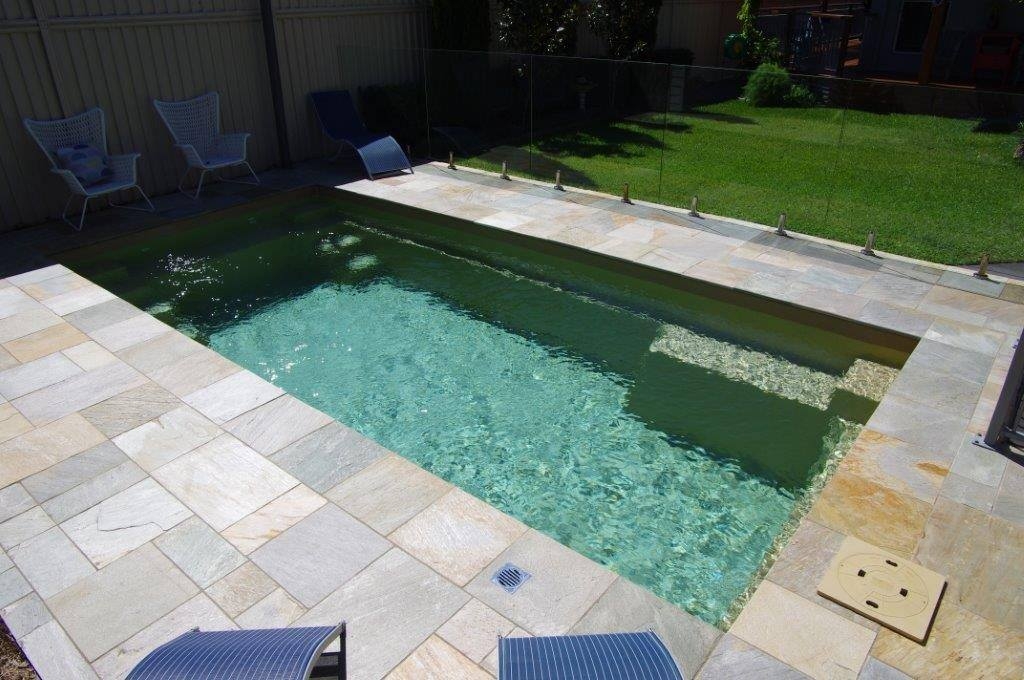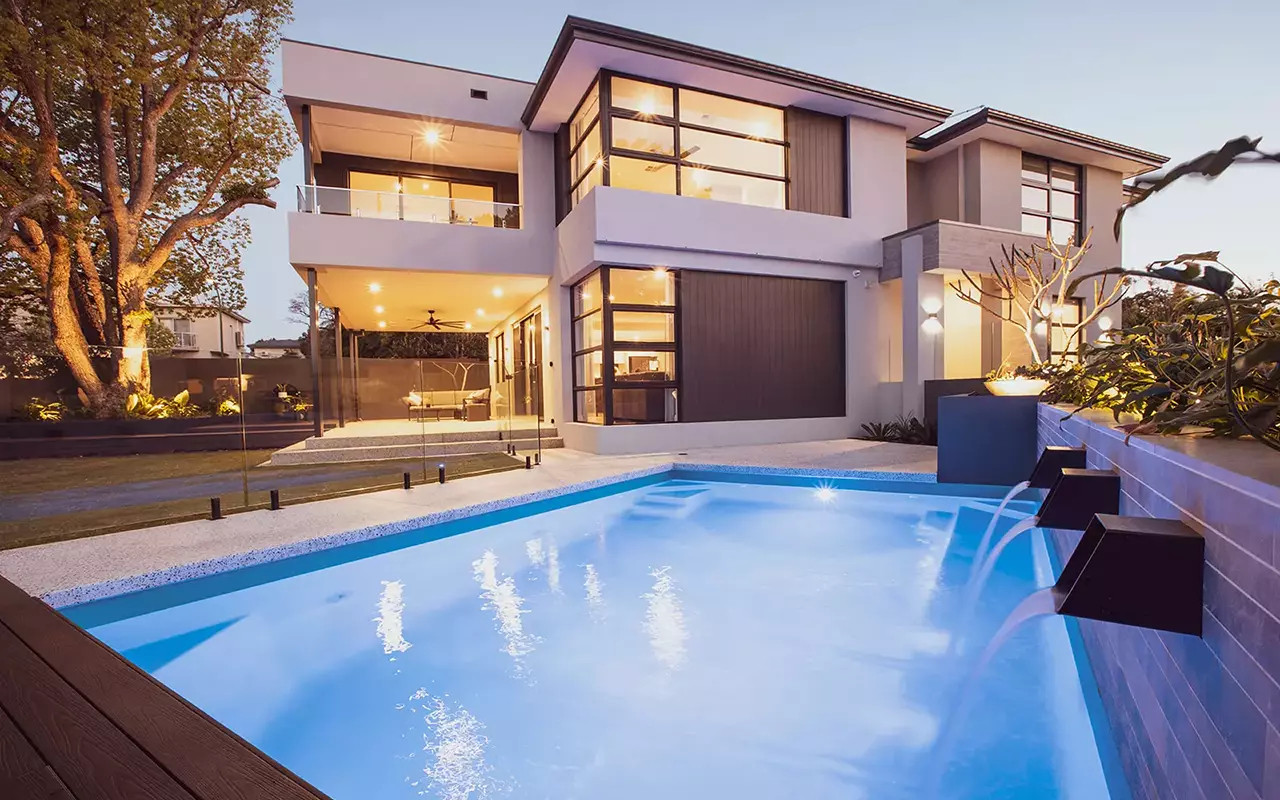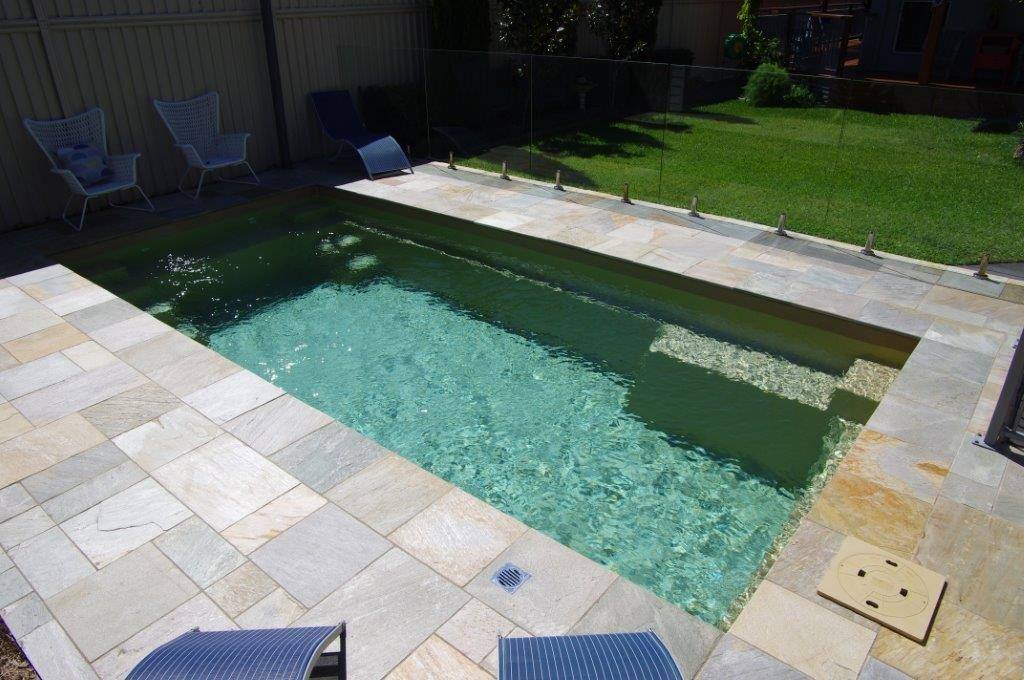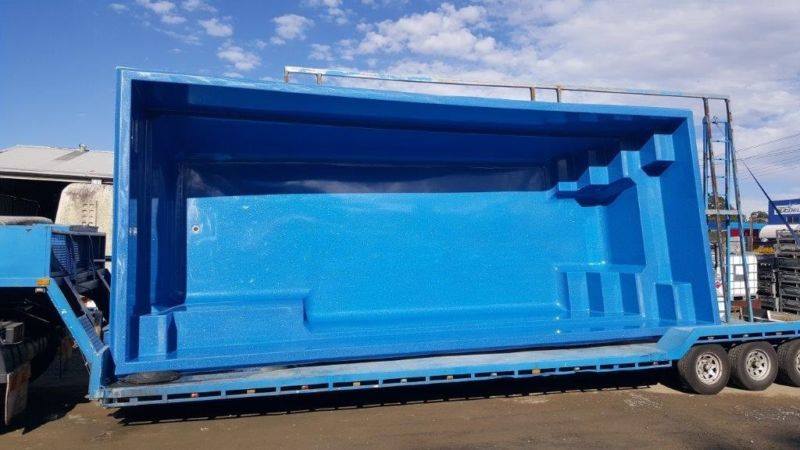

Planning and preparation are essential steps in successfully installing a DIY plunge pool kit. Before diving into the project, it's crucial to carefully consider the location for the pool and ensure that all necessary permits and approvals are obtained.
First and foremost, assess the area where you plan to install the plunge pool kit. Make sure that there is enough space for the pool and that the ground is level and stable. It's also important to check for any underground utilities or obstacles that could hinder installation.
Next, gather all the tools and materials needed for the project. This may include things like a shovel, tape measure, level, and safety gear. Having everything on hand before starting will help streamline the installation process.
Once you have selected a suitable location and gathered your supplies, take some time to carefully read through the installation instructions provided with your DIY plunge pool kit. Familiarize yourself with each step of the process to ensure a smooth installation.
Finally, don't hesitate to seek help if needed. Installing a plunge pool kit can be a challenging task, so having an extra set of hands or professional assistance can make a big difference.
By taking the time to properly plan and prepare for installation, you can ensure that your DIY plunge pool kit is installed correctly and efficiently. With careful consideration and attention to detail, you'll be enjoying your new backyard oasis in no time.
DIY projects can be exciting and rewarding, but they also come with challenges, especially when installing something as complex as a plunge pool. Here are some common challenges you might face and how to address them effectively.
Handling Heavy Materials Plunge pool kits often involve heavy materials that can be challenging to maneuver. Use proper equipment and techniques to move these materials safely. Consider renting machinery like a mini-excavator or crane if necessary, and don't hesitate to enlist the help of professionals for particularly difficult tasks.
Site Preparation Preparing the site can be more challenging than anticipated. It involves not only excavation but also ensuring the site is perfectly level and stable. Poor site preparation can lead to structural issues with the pool later on. Take the time to compact the soil properly and consider consulting with a structural engineer if you're unsure about the ground conditions.
Plumbing and Electrical Work These are critical components of your pool installation and must be done correctly to ensure safety and functionality. Mistakes in this area can be costly and dangerous. If you're not experienced with plumbing or electrical work, hiring a certified professional is strongly advised.
Weather Conditions Weather can impact your installation timeline and the curing process for concrete. Plan your project during a period of mild weather if possible, and always have a contingency plan in case of unexpected bad weather.
Regulations and Permits Navigating the legal requirements for pool installation can be confusing. Ensure you have all necessary permits before beginning your project, and check local regulations to comply with safety standards and construction codes.

Regularly inspecting and maintaining any accessories or added features, such as lights or heaters, is crucial for ensuring the longevity and functionality of a plunge pool kit.. These small but important components are often overlooked but play a significant role in the overall performance of your pool. Lights provide not only aesthetic appeal but also safety during evening swims.
Posted by on 2024-11-25

Setting up a plunge pool kit involves several installation processes to ensure that your pool is properly assembled and ready for use.. One of the first steps in setting up a plunge pool kit is to prepare the area where the pool will be placed.
Posted by on 2024-11-25

Transforming your backyard with a plunge pool kit can truly turn your outdoor space into a relaxing oasis.. Imagine enjoying the summer days lounging by the cool waters, surrounded by lush greenery and the peaceful sounds of nature. With a plunge pool kit, you can easily create a stylish and functional water feature that will enhance the beauty and value of your home.
Posted by on 2024-11-25

So, you've finally taken the plunge and decided to install a plunge pool kit in your backyard.. Congratulations on unleashing your inner DIYer!
Posted by on 2024-11-25
| Neerabup Perth, Western Australia | |||||||||||||||
|---|---|---|---|---|---|---|---|---|---|---|---|---|---|---|---|
 Agricultural land on Wattle Avenue | |||||||||||||||
 | |||||||||||||||
| Coordinates | 31°41′28″S 115°46′37″E / 31.691°S 115.777°E | ||||||||||||||
| Population | 112 (SAL 2021)[1] | ||||||||||||||
| Postcode(s) | 6031 | ||||||||||||||
| Area | 34 km2 (13.1 sq mi) | ||||||||||||||
| Location | 36 km (22 mi) from Perth CBD | ||||||||||||||
| LGA(s) | City of Wanneroo | ||||||||||||||
| State electorate(s) | Mindarie | ||||||||||||||
| Federal division(s) | Pearce | ||||||||||||||
| |||||||||||||||
Neerabup is a rural locality in Perth, the capital of Western Australia, within the local government area of the City of Wanneroo.
Prior to European settlement, the Noongar people had lived in the area for more than 40,000 years, taking advantage of the abundant food and water around the chain of wetlands on the coastal plain. In winter, they moved eastwards away from coastal weather, to return in summer as inland supplies dried up. The Mooro people (led by elder Yellagonga during the early years of European settlement) stretched from the Moore River near Guilderton to what is now the Perth central business district, and used to move between Lakes Joondalup, Neerabup and Yanchep.
In 1865, European settlers established the Aboriginal tracks as a stock route from Dongara to Fremantle, travelling along the west side of the lakes. Lake Neerabup was first recorded by surveyor J. Cowle in 1867, the name being a Noongar word which possibly means "swampy place" or "small basin". The part of the stock route between Joondalup and Yanchep is now part of the Yaberoo Budjara Heritage Trail, part of the Bicentennial Heritage Trails Network established in 1988.[2]
The area was often spelled Neerabub, especially by postal and telecommunications authorities, until as recently as the 1960s. It was approved as a suburb name in 1982.[3]
Neerabup is bounded by Wattle Avenue to the north, the Mitchell Freeway to the west, Pinjar Road to the east and Flynn Drive and Burns Beach Road to the south.[4]
Neerabup's population was not measured at the 2001 Australian census.[5]
Neerabup is a sparsely populated agricultural suburb. Several plant nurseries, a fruit and vegetable shop at Menchetti Road and the Neerabup Lake wetland are situated along Wanneroo Road. The western strip between Wanneroo Road and the proposed Mitchell Freeway is approximately the southern half of the Neerabup National Park. The area also contains a golf course, small wineries, a small industrial area on Flynn Drive and several sand and limestone quarries.
Neerabup is home to the Wanneroo Raceway, a 2,411-metre (1.498 mi) road racing circuit. Wanneroo Raceway, which opened in 1969, is the home of motor racing in Western Australia and hosts an annual round of the Supercars Championship.
Neerabup is also home to the Pinjar Park Speedway which opened in 2005. Pinjar Park is a 142-metre (155 yd) Motorcycle speedway which regularly hosts national and international meetings and caters to both senior and junior solo and sidecar racing. Pinjar Park is considered small for a speedway in Australia, with most tracks around the country ranging from 350 metres (380 yd) to 600 metres (660 yd) in length. For the bikes, the speedway replaced the old 550-metre (600 yd) Claremont Speedway which had run from 1927 until 2000, and the Bibra Lake Speedway which closed in 2004.
Neerabup is not served by public transport. The nearest Transperth bus service is the 391 between Joondalup train station and Carramar 2 kilometres (1.2 mi) to the south. These services are operated by Swan Transit.
Neerabup's political leanings are unclear due to its small size and the lack of a polling booth. The nearest large booths tend to favour the Australian Labor Party historically, although most have been won by the Coalition in recent times, especially at federal level.
Before starting the installation process, it is important to check local building codes and regulations to ensure that you meet all necessary requirements for installing a plunge pool in your backyard.